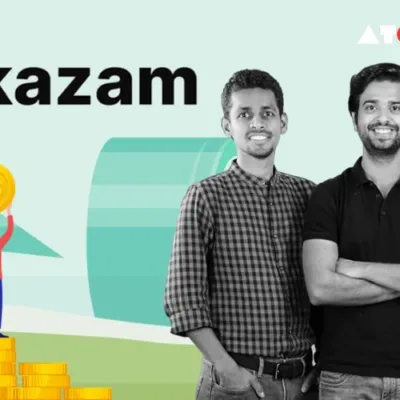June 1 is when the 2024 Lok Sabha elections will end, and June 4 is when the votes will be counted. Here is a comprehensive rundown of the post-voting procedure and what to anticipate while India awaits the results.
Vote Counting Process
In each of India’s 543 constituencies, there is a simultaneous, decentralised vote count taking place at counting stations. On June 4, the procedure starts at 8 a.m. with the tabulation of postal ballots. Only a few categories of people use these ballots: security personnel, vital service providers, and those with impairments.
Votes cast in electronic voting machines (EVMs) will be counted after the postal ballots. Since 2000, electronic voting machines (EVMs) have taken the place of paper ballots in both state and federal elections. Every vote cast by an electronic voting machine (EVM) produces a corresponding paper slip that is visible to the voter and kept in a sealed box for validation.
Criticism and Verification
At five randomly chosen polling places in each constituency, the Election Commission of India (ECI) compares paper slips with electronic votes. To increase openness, certain political parties and critics have demanded more thorough verification. The ECI insists that EVMs are impervious to tampering, but the Supreme Court has declined to order any modifications to the current procedure.
Forming the Government
Following the completion of the counting, the results for each constituency are made public. India has a first-past-the-post election system in which the candidate with the most votes wins, whether or not they have a majority. on the afternoon of the counting day, result trends are usually evident and extensively covered on television. A few hours later are usually when the official ECI results are made public.
The president extends an invitation to the head of the party or coalition with more than half the seats to form a government as soon as the results of all 543 seats are made public. To form a majority and select a prime minister, a party or coalition must hold at least 272 seats. The National Democratic Alliance (NDA) allies of Prime Minister Narendra Modi’s Bharatiya Janata Party (BJP) secured almost 50 additional seats in the 2019 elections, giving the BJP 303 seats overall.
In the event that no party or coalition achieves a simple majority, leading to a “hung house,” the president requests that the party holding the most seats form a government and then demonstrate its majority on the house floor.
What to Expect for 2024
Before the current term ends on June 16, the new Lok Sabha must be formed. Prior to the commencement of voting on April 19, opinion polls indicated that PM Modi would easily win, possibly winning a record-breaking third straight term. New difficulties have been brought about by a more cohesive opposition and decreased voter attendance. The majority of observers still believe Modi will win in spite of these concerns.
Read more: Marketing News, Advertising News, PR and Finance News, Digital News





